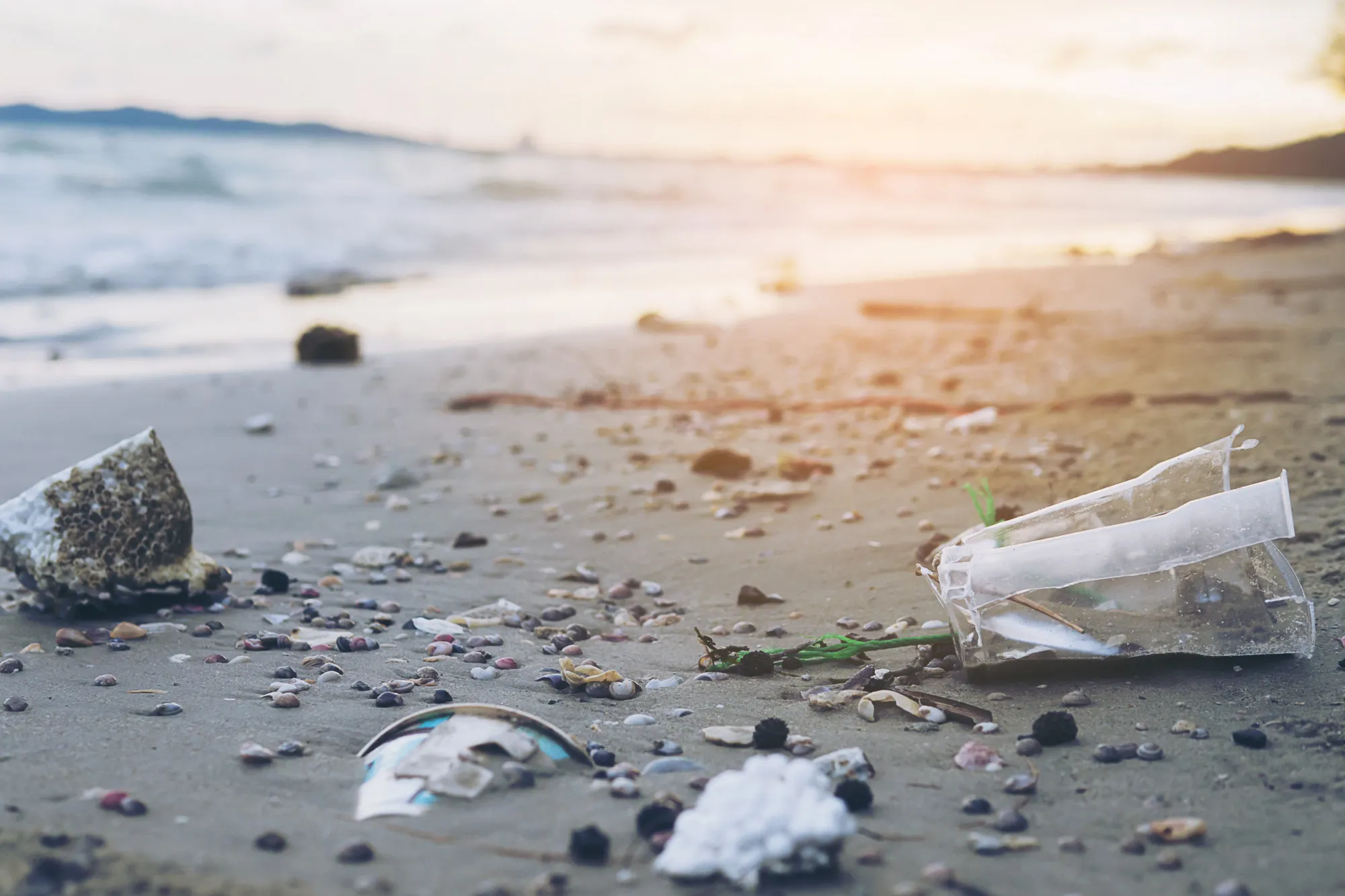As the world grapples with the escalating environmental crisis, a new threat to public health has been identified that intertwines the perils of plastic pollution with the spread of infectious diseases. A recent study published in the journal ‘Environmental Research’ highlights the alarming potential of plastic waste to act as a breeding ground for novel zoonotic pathogens – diseases that can jump from animals to humans. The study, conducted by researchers Ormsby, Woodford, and Quilliam at the University of Stirling’s Faculty of Natural Sciences, sheds light on the severity of this issue and calls for immediate action.
The study, referenced as “Can plastic pollution drive the emergence and dissemination of novel zoonotic diseases?” (2024), bears the DOI: 10.1016/j.envres.2024.118172 and stresses the dire need to understand the relationship between plastic pollution, animal interactions, and the evolution of zoonotic diseases.
With massive amounts of plastic ending up in the environment, both terrestrial and marine wildlife are increasingly coming into contact with this waste. Discarded plastic loads are not inert, as it is commonly believed; they rapidly become coated with microbial biofilms, creating a habitat known as the ‘plastisphere.’
The research indicates that within the plastisphere, there is a worrying possibility for pathogens, including zoonotic ones, to thrive. This risk is significant, considering that nearly 60% of new infectious diseases impacting humans over the last century have been zoonotic, originating from animals and leaping to humans.
In their inquiry, the researchers review how intersections between humans, animals, and plastic waste are increasingly common, spurred by climate change, urban sprawl, and agriculture practices. These elements work synergistically to shape an environment where pathogens can jump species barriers more easily, leading to potential public health crises.
Human activities heavily contribute to the fragmentation of wildlife habitats, driving animals into closer proximity with humans and plastic waste. As a result, interactions amongst these three become more likely, with plastic items frequently becoming contaminated with animal feces, urine, saliva, or blood – all of which can carry pathogens.
The study makes it clear that once plastics are colonized by microbial biofilms, there is an inherent risk that these biofilms contain harmful microbes. This includes bacteria that can undergo horizontal gene transfer, a process where genetic material is exchanged between organisms, potentially giving rise to new pathogenic traits and antibiotic resistance.
The Evolution of Pathogens
The authors underscore the need for vigilant monitoring of the plastisphere for evolving pathogenic strains. New pathogens can emerge through mutation or gene exchange, and plastic waste provides a unique habitat that may foster these processes, particularly as the waste can drift across regions, crossing natural barriers.
Furthermore, the study points out the cyclic nature of pathogen dissemination via plastic pollution. Infected animals or contaminated plastics can act as vehicles for spreading disease across vast distances. This could have profound implications for global health, as the mobility of plastic waste does not respect geographic or political boundaries.
Addressing this health threat requires a multidisciplinary strategy involving waste management, wildlife conservation, and public health. The authors argue for integrating the study of environmental sciences and infectious diseases to tackle the complex challenges of plastic pollution and zoonotic pathogens.
The authors also call for increased collaboration between environmental scientists, microbiologists, epidemiologists, and policy-makers to develop targeted interventions. These interventions could range from improved waste management systems that reduce plastic pollution, surveillance of known zoonotic hotspots, to public awareness campaigns about the risks associated with environmental contamination.
The study released by Ormsby, Woodford, and Quilliam serves as a clarion call to recognize the hidden dangers that plastic pollution poses not just to ecosystems but also to human health. As society acknowledges the multi-faceted nature of such environmental dilemmas, swift and concerted efforts must be made to mitigate the potential for a new wave of zoonotic diseases fueled by our contaminated landscapes.
Ormsby, M.J., Woodford, L., & Quilliam, R.S. (2024). Can plastic pollution drive the emergence and dissemination of novel zoonotic diseases?. Environmental Research, 246, 118172. https://doi.org/10.1016/j.envres.2024.118172
Keywords
1. Plastic Pollution
2. Zoonotic Diseases
3. Emerging Pathogens
4. Environmental Health
5. Plastisphere
References
1. Jambeck, J. R., Geyer, R., Wilcox, C., Siegler, T. R., Perryman, M., Andrady, A., … & Law, K. L. (2015). Plastic waste inputs from land into the ocean. Science, 347(6223), 768-771.
2. Bergmann, M., Gutow, L., & Klages, M. (Eds.). (2015). Marine Anthropogenic Litter. Springer.
3. Carol J. Baker, Randall S. Golderwasser, (2018). Microbial ecologies of plastics in marine environments. Nature Reviews Microbiology, 16(7), 339.
4. Vasseur, P., & Cossart, P. (2006). Host-Pathogen Interactions: The Seduction of Molecular Cross Talk. Gut, 55(2), 181-187.
5. Rook,G.A.W., et al. (2013). Microbiota, immuno-regulatory old friends and psychiatric disorders. Adv Exp Med Biol, 817, 319-356.
